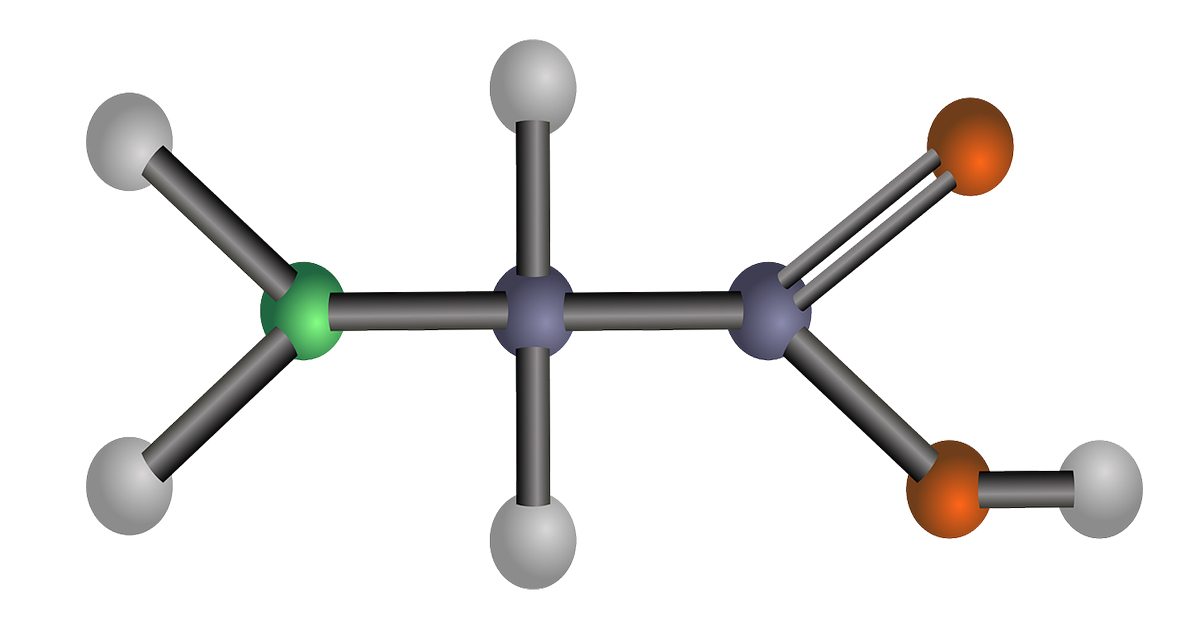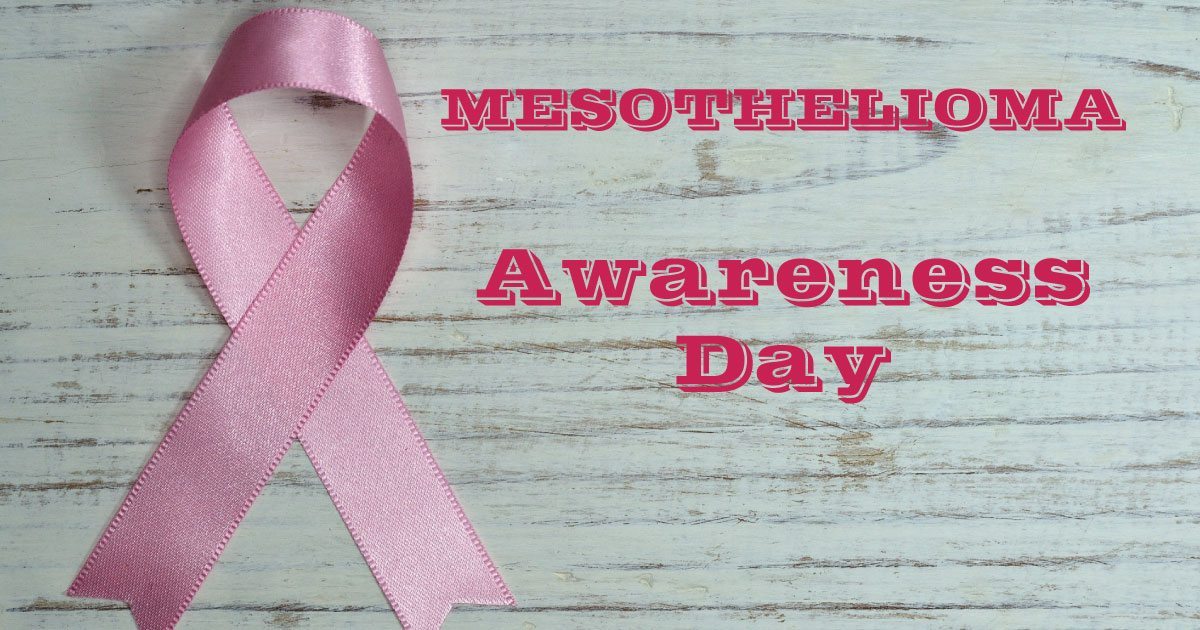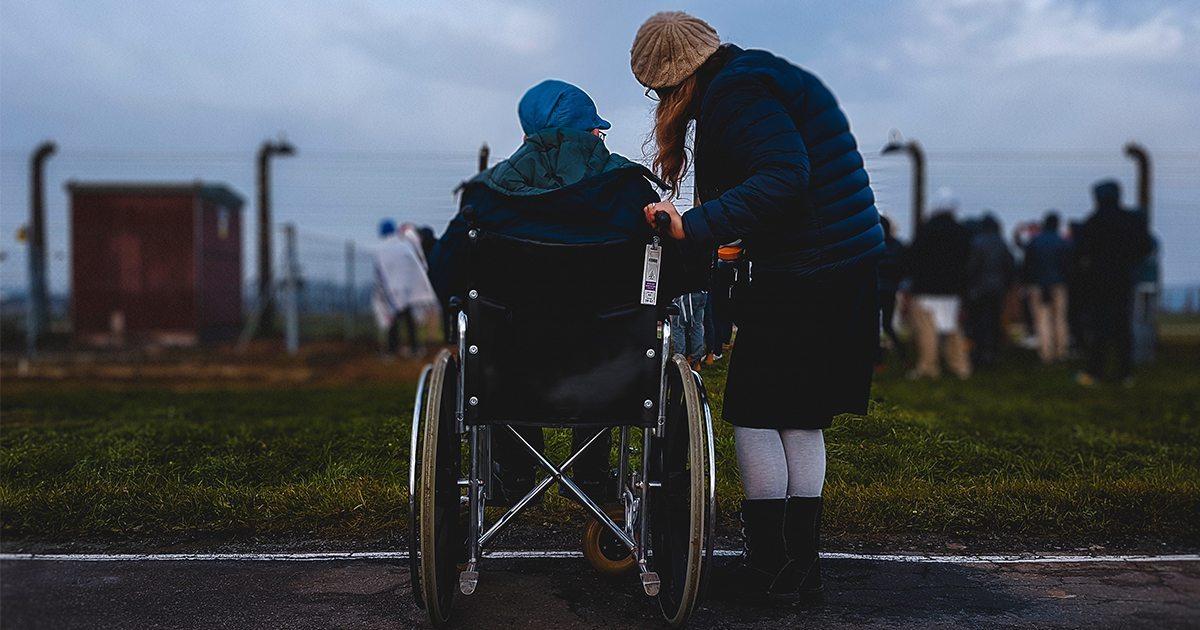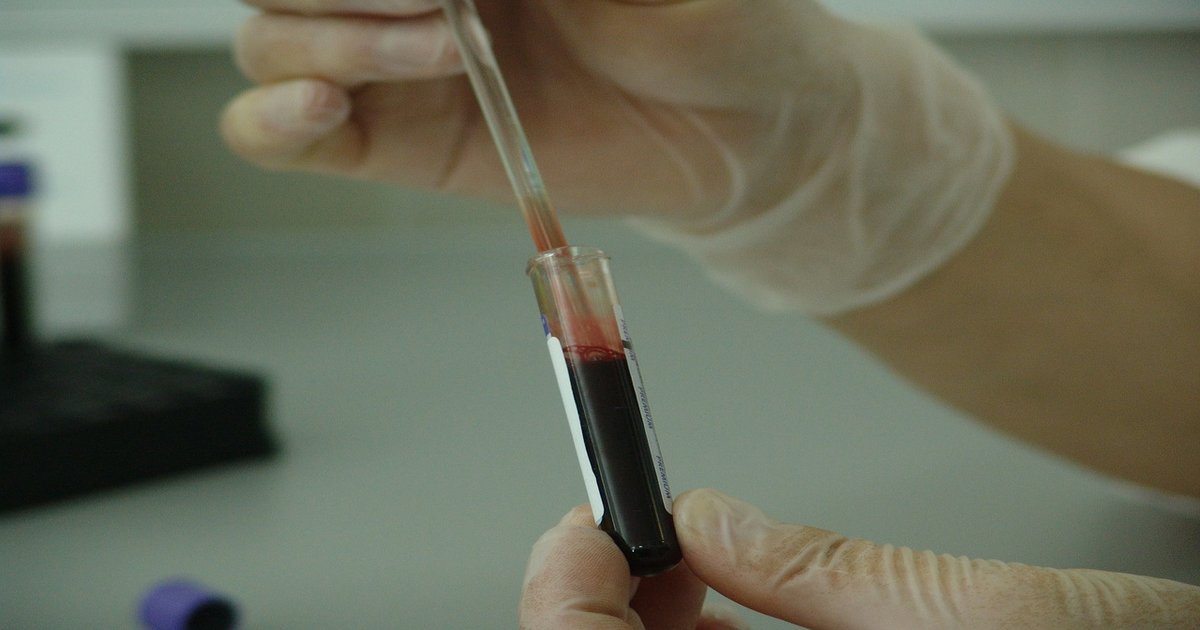Category: Advocacy

Research Focuses on Treatments That Target Mesothelioma Tumors
For 15 years, Dr. Raffit Hassan, a clinical oncologist at the National Cancer Institute, has been researching the protein mesothelin and its use in the treatment of mesothelioma. Mesothelioma is a cancer of the lining of the chest cavity and abdomen associated with exposure to asbestos.
A protein, mesothelin is present in normal tissue. But certain types of malignant tumors including mesothelioma express high levels of the mesothelin, making it a useful target for tumor-specific drugs. The ultimate goal of the National Cancer Institute is to develop new treatments for mesothelioma and other forms of cancer.
“Mesothelioma is not a very common disease, but it’s a tumor for which we really need to develop a good treatment,” Dr. Hassan said during a recent teleconference sponsored by the Meso Foundation, which provides information, research funding and advocacy for mesothelioma victims.
The first drug targeting mesothelin that Hassan has studied in clinical trials involving mesothelioma patients was Amatuximab, an experimental drug developed by Morphotek, a Pennsylvania company that develops cancer treatments. The treatment is an immunotoxin,a human-made protein that is designed to bind to cancer tumor cells, then inject toxins to kill them.
“I have been working on the same project for 10 years,” Dr. Hassan said. “I think we are starting to see some good results.”
The drug has been through phase I and II clinical trials and the results will be presented this summer. It has not yet been approved by the Food and Drug Administration.
The researchers are evaluating whether the drug when combined with chemotherapy drugs is more effective at controlling mesothelioma.
“The results show the drug is safe and there is activity,” Hassan said. “To be really sure the drug benefits patients we’ll need to do a randomized clinical trial. That will be the next step.”
Approximately 3,000 people are diagnosed with malignant mesothelioma each year. Most are older workers, retired workers and veterans were exposed to asbestos dust in the workplace or during military service. Symptoms of mesothelioma typically take 20 to 40 years to appear. But the cancer is aggressive and more effective treatments are needed to control the disease and extend the lives of mesothelioma patients.
For more information about mesothelioma, click here.

Virginia Joins States Observing Annual Mesothelioma Awareness Day
The state of Virginia has become the 11th state to pass legislation permanently proclaiming Sept. 26 as mesothelioma awareness day. The day recognizes the many victims of mesothelioma, a form of cancer caused by exposure to asbestos.
Virginia Gov. Bob McDonnell recently signed the proclamation at a ceremony attended by Robena Reid, an advocate for mesothelioma victims who lost her mother to the disease, state delegate Mark Sickles who introduced the proclamation and supporters of the American Cancer Society and Virginia Breast Cancer Foundation.
Adopted unanimously by the Virginia House and Senate, Mesothelioma Awareness Day is designed to improve public understanding of the once rare form of cancer and the dangers of chronic asbestos exposure. When microscopic asbestos fibers are inhaled, they may lodge in the lung, producing inflammation and eventually disease. Mesothelioma produces tumors in the lining of the chest cavity and abdominal cavity.
“We are grateful to the Virginia Legislature for bringing much-needed attention to this often neglected cancer, and we hope this will prompt Virginians, as well as others, to learn more about this dangerous disease,” said Kathy Wiedemer, executive director of the Meso Foundation, a non-profit group that provides information and advocacy on behalf of mesothelioma victims and families.
Approximately, 2,500 to 3,000 cases of mesothelioma are diagnosed each year in the United States. Most sufferers are older workers, retired workers and veterans who were exposed to asbestos fibers in a workplace or during military service.
Asbestos building materials such as tile, insulation and flooring remain in many older houses and buildings. Ripping out the materials during remodeling or renovation projects can release asbestos fibers into the air, allowing them to be inhaled.
Frequently, the symptoms of mesothelioma are diagnosed only after the cancer has reached an advanced stage. Treatments for mesothelioma include radiation, chemotherapy and surgery, but the disease is often difficult to control.

Pinpointing Proteins May Lead to New Mesothelioma Therapies
An international team including researchers in New York, Hawaii and Italy have pinpointed a protein known as HMGB1 as a key player in the development of malignant mesothelioma, a cancer associated with asbestos exposure.
The new study in the journal Cancer Research describes the role that HMGB1 plays in the growth of malignant mesothelioma. It also suggests the possibility of a novel therapeutic approach for mesothelioma patients.
Malignant mesothelioma is an aggressive and highly lethal cancer. Approximately 2,500 to 3,000 people in the U.S. are diagnosed with mesothelioma each year, and a similar number die of the disease. Most people diagnosed with mesothelioma are older workers, retirees and veterans who inhaled asbestos fibers in a workplace for an extended period of months or years. The microscopic fibers lodge deep in the lungs causing tissue inflammation. The disease develops slowly over decades.
In a previous 2010 study, a research team composed of many of the same medical scientists found that patients exposed to asbestos have higher levels of HMGB1 in their blood. HMBG1 protein is released when cells are damaged or when tissue is injured. The protein causes an inflammatory reaction.
In the latest study, the researchers said the presence of the protein influences the growth and survival of mesothelioma cells. When the researchers inhibited the HMGB1 using anti-bodies in laboratory mice, it reduced the growth of mesothelioma cells in the mice and extended their survival. Inhibiting HMGB1 interferes with the inflammation process.
The team of investigators including Haining Yang and Michele Carbone of the University of Hawaii Cancer Center and Harvey Pass of the New York University School of Medicine said their findings show that mesothelioma cancer cells rely on HMGB1. The research suggests that suppression of the protein HMGB1 using antibodies offers therapeutic promise as a new treatment for mesothelioma.
Find For more information about mesothelioma at MesotheliomaHelp.

Navy Veteran’s Award of $32 Million for Asbestos Exposure Among Largest NY Verdicts
A $32 million verdict awarded to a Navy veteran diagnosed with mesothelioma from exposure to asbestos aboard ships ranks among the five largest New York verdicts of 2011, according the legal publication Verdict Search.
The New York Mesothelioma law firm of Belluck & Fox represented Ronald Dummitt and his wife Doris Kay Dummitt, who accused asbestos manufacturers of recklessly failing to warn him about the health hazards of their products used on ships. Inhaling microscopic asbestos fibers causes mesothelioma, an incurable cancer that produces tumors in the lining of the lung and the abdominal cavity.
A New York jury in August 2011 awarded Ronald Dummitt, who served as a boiler tender and a Master Chief Petty Officer, and his wife $16 million for past pain and suffering and $16 million for future pain and suffering. The jury found that the asbestos manufacturers had acted with reckless disregard for the safety of others by failing to warn of the dangers of asbestos.
The jury determined that Dummitt developed pleural mesothelioma, a cancer of the lining of the lung, while serving aboard seven U.S. Navy ships between 1960 and 1977. Dummitt, who worked in the boiler room and fire rooms in the ship, was exposed to asbestos while repairing Crane Co.-manufactured valves, which involved removing and replacing asbestos containing gaskets, packing and lagging pads on each ship.
In addition, Dummitt was exposed to asbestos while working with Eliot Turbomachinery, Inc. – manufactured de-aerating feed tanks containing asbestos lagging pads and gaskets on one of the ships, the jury determined. The jury apportioned 99 percent of the responsibility to Crane and 1 percent to Eliot.
Navy veterans are among the workers most at risk of developing mesothelioma and asbestos disease. Asbestos materials were widely used on ships from World War II through the 1970s. Veterans who served on ships in the 1970s or 1980s may only recently have begun to experience symptoms of asbestos disease.
Dummitt said that he was originally diagnosed with pleural plaques, areas of scarring on the lining of the lung resulting from asbestos exposure in 2003. He began experiencing pain from accumulation of fluid on his lung and was diagnosed in April 2010 with pleural mesothelioma. Symptoms of mesothelioma often appear decades after exposure to asbestos.
“While no amount of money can restore Mr. Dummitt’s health, this mesothelioma verdict is just, and it represents all that we can do to set things right,” New York mesothelioma attorney Jordan Fox, a founding partner of Belluck & Fox, LLP said in a press release. ”The jury identified the culprits and the degree to which they contributed to his fatal disease, and to that extent, the truth prevailed. We are proud to have represented him.”
http://www.prweb.com/recentnews

Routine CT Screenings for Lung Cancer Would Detect Cancer Earlier and Save Lives
Men and women in the United States undergo regular screenings for certain cancers such as prostate cancer, breast cancer and colon cancer as part of routine medical checkups after a certain age. But patients typically don’t get screened for lung cancer, the most lethal cancer in the U.S.
Lung cancer kills more than 150,000 people each year in the United States. Lung cancer is associated with smoking as well as exposure to asbestos. More people die of lung cancer in the U.S. each year than die of breast cancer, colon cancer, prostate cancer and cervical cancer combined.
A new actuarial study published in the April issue of Health Affairs, a leading health policy journal, suggests that providing lung cancer screenings as an insurance benefit would save lives at a relatively low cost—about $12 a year per insured person. The refinement of low dose spiral CT scans, which can be done in a few seconds, has improved the detection of tumors in the lungs and reduced the need for invasive tests. Lung cancer and mesothelioma, a cancer of the lining of the lung, are both caused by inhaling asbestos fibers. Both often go undetected until they have reached an advanced stage.
Some studies have shown CT scans to detect early stage lung cancer in high-risk patients who were not showing any symptoms. A randomized study comparing two ways of detecting lung cancer in more than 53,000 older men and women found that patients who received low dose CT scans had a 20 percent lower risk of dying of lung cancer than those who received standard chest x-rays.
The actuarial study, performed by actuaries with the consulting firm Milliman in New York, analyzed the cost and benefits of lung cancer screenings for Americans ages 50 to 64, who were smokers or former smokers and had the equivalent of a pack-a-day habit for 30 years. That high-risk group includes about 18 million people in the U.S.
The study estimated the average yearly cost of lung cancer screenings to be $247 per person screened. The screenings would result in 130,000 additional lung cancer survivors in the first year. The analysis estimated that more cases of lung cancer would be detected at an earlier stage. It found that CT scans for lung cancer would cost insurers less than screenings for cervical cancer, colon cancer and breast cancer. Spread over the entire population of Americans with health insurance, the cost is $12 per year.
The authors recommend that commercial insurance companies should consider providing coverage for lung cancer screenings using low dose CT scans for people at high risk of developing lung cancer.
Workplace asbestos exposure is associated with a greater risk of developing lung cancer or mesothelioma. Those who smoke and are exposed to asbestos have an even greater risk of developing lung cancer or mesothelioma. These diseases have similar symptoms that include a persistent cough, chest pain, shortness of breath and weight loss.
Free Mesothelioma Patient & Treatment Guide
We’d like to offer you our in-depth guide, “A Patient’s Guide to Mesothelioma,” absolutely free of charge.
It contains a wealth of information and resources to help you better understand the condition, choose (and afford) appropriate treatment, and exercise your legal right to compensation.
Download Now